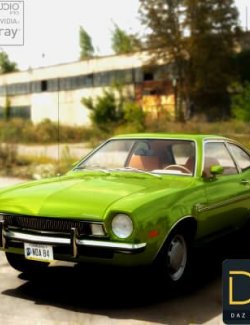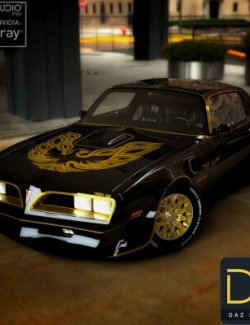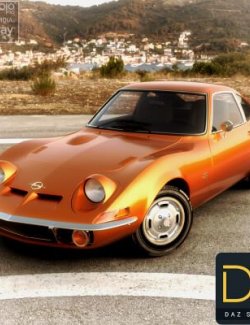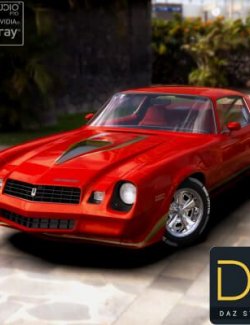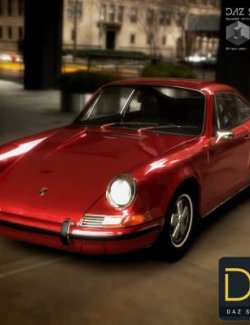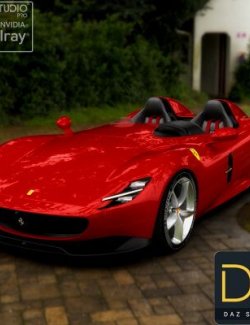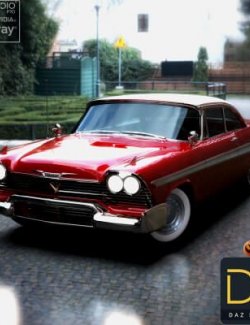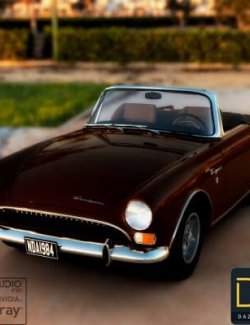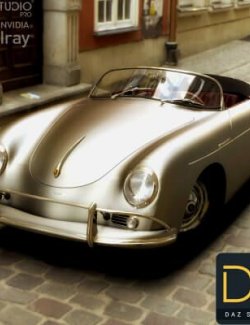The first-generation Fairlady Z, launched in November 1969 (announced in October) was available in the high-power 432 model equipped with the same 6-cylinder in line DOHC 24-valve S20engine (160PS) as the Skyline GT-R (PGC10). The name '432' refers to 4 valves, 3 carburetors and 2 camshafts. Magnesium wheels were fitted as standard. Announced in October, launched in November.
Z Cars (1969-1999)
1966
Nissan identifies a market for a new kind of sports car. Its product planners envision an agile, compact GT whose performance and comfort would outrun its price. Nissan engineers begin work on a prototype, which would become the 240Z.
1969
The 240Z goes on sale in the U.S. on October 22, 1969. It features a 2.4-liter, six-cylinder, 150 horsepower engine and delivers a 0-60 time of under nine seconds -- all for a price tag of only $3,526.
A Brief History: Six Generations of Z
October 22, 1969, the Datsun 240Z arrived in North America, heralding a new era in sports car design. The 240Z was a revelation to the automotive world -- an affordable sports car that could be driven every day and was accessible to anyone with the $3,626 base price.
When the original Datsun 240Z debuted as a 1970 model, its design and performance were considered state-of-the-art: a 150-horsepower 2.4-liter single overhead cam inline 6-cylinder engine, 4-wheel independent suspension, 14-inch wheels, choice of a 4-speed manual or 3-speed automatic transmission, and a quarter-mile acceleration time of 17.1 seconds at 84.5 miles per hour. The 240Z was conceived as a closed coupe body, rather than the typical open-top sports cars of the age, to enhance body rigidity and, therefore, improve handling and durability.
The journey from the original 240Z to the current Z cars. Interestingly, the 240Z might not have made the journey to America in the first place, if not for the efforts of one man.
Though many, many people were responsible for the design and engineering of the first generation 240Z, its success in North America can be attributed to Yutaka Katayama, who was president of Nissan's U.S. operations at the time. Known affectionately as "Mr. K," he was convinced that the company's new sports car design would be a hit in the U.S. There was just one problem -- the vehicle's name: the Fairlady Z (which is still used in the Japanese market today).
With a name change for this market to "240Z" and some aggressive marketing, including early motorsports success, the Z became an instant hit -- bringing attention and buyers not just to Z , but also to the entire brand.
The first-generation Fairlady Z, launched in November 1969 (announced in October) was available in the high-power 432 model equipped with the same 6-cylinder in line DOHC 24-valve S20engine (160PS) as the Skyline GT-R (PGC10). The name '432' refers to 4 valves, 3 carburetors and 2 camshafts. Magnesium wheels were fitted as standard. Announced in October, launched in November (S30, HS30 also).
In 1974, as the engine displacement climbed to 2.6 liters the name changed to 260Z. The 2+2 model with an extended roofline and tiny back seat also appeared. In 1975, engine size increased again to 2.8 liters and the name changed to 280Z. Z cars continued to dominate on the racetrack, with Pete Brock, John Morton, Bob Sharp and P.L. (Paul) Newman among the many talented drivers.
Z sales continued to climb with the introduction in 1979 of the new second generation 280ZX. Now priced at just under $10,000, the 280ZX was named Motor Trend "Import Car of the Year" and sales passed 86,000 units. T-tops and a turbocharged engine followed in the early '80s.
Nissan Motors released the Datsun 280Z model for the U.S. market in the 1975 model year. Both the 2-seat coupe and 2/2 (2+2) hatchback models remained available throughout the 1975 78 model year run of the 280Z.
For the 280Z, engine size was again increased, this time to 2.8 L, by enlarging the bore of the L26 engine to create the L28, and a reliable Bosch L-Jetronic fuel injection system was added.
1975 and 1976 models continued to be fitted with the Federally required 5 mph (8.0 km/h) crash test bumpers that were introduced for the mid-1974 model year of the 260z. These bumpers were smooth surfaced, and blended into smooth black rubber extensions as they met the body of the car. 1977 and 1978 models received bumpers with recessed channels added to the faces of the bumpers themselves, that blended into corrugated or accordion style black rubber extension trim. Also new for the 1977 model year, 280Zs no longer received the full-size spare tire, and instead had a "space saver" spare and a larger fuel tank. This resulted in a raised rear deck area made of fiberboard, reducing cargo space. In 1977 78 an optional 5-speed manual transmission was available alongside the 4-speed manual, and the 3-speed automatic options, which included a "5-speed" emblem on the left bottom edge of the rear hatch. 1977 also saw an update from the charcoal painted hubcap style (with a chrome Z floating in the amber center emblems) to a hubcap that resembled an alloy wheel, bearing a center cap with a chrome Z floating in a black circle.
In 1977 and 1978 respectively, Datsun offered two special edition models. The "Zap" edition was offered in 1977 as a "Special Decor Package". Zap cars were finished in Sunshine Yellow paint, and sported black stripes down the center and sides, with yellow, red, and orange chevrons at the front ends of the stripes. An estimated 1,000 "Zap Z" cars were offered in 1977. The "Zap Z" model was also used as the pace car in the 1977 Long Beach Gran Prix. The Black Pearl edition (produced in 1978) came with Black Pearlescent paint and a "Special Appearance Package" (SAP), which consisted of dual racing mirrors, rear window louvers, and a unique red and silver stripe. It is estimated that between 750-1,500 of these cars were produced.
This pack for Daz Studio contains a Nissan Fairlady Z 1969 with lights and textures included.
Let your imagination run wild and create wonderful scenarios with this stuff.
Have Fun!!
System Requirements: PC / MAC 0SX
Product Requirements: Daz Studio
Ownership Statement: All of this product's content was created by Sam gray
Mesh data
vertices: 162.216
tri ngulos: 266.502

